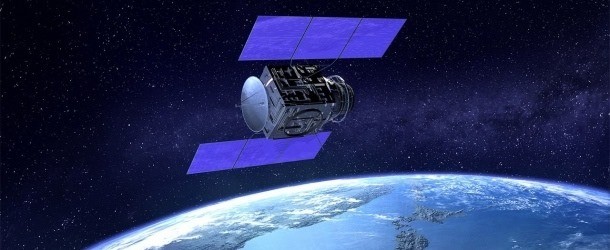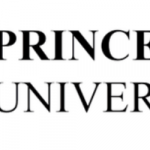Chinese Quantum Satellite Used to Test Basic Theory in Physics

(XINhuanet) An international team led by Chinese scientists used a quantum satellite called Micius to test why quantum mechanics and the general theory of relativity, two bedrocks in modern physics, don’t work together.
“For the first time in human history, we managed to perform a meaningful quantum optical experiment testing the fundamental physics between quantum theory and gravity,” said the paper’s co-author Pan Jianwei at the University of Science and Technology of China.
A hypothesis called “event formalism,” proposed by Timothy Ralph at the University of Queensland, claims that the coherence of two entangled photons will be probabilistically decayed when transmitted through the gravity field of the Earth. It attempted to present a coherent description of quantum fields as they exist in exotic spacetime, but it has never been tested until now.
The researchers used the satellite to produce and measure two entangled particles: one particle transmitted on the surface while the other passed through the planet’s gravity field toward a satellite 500 kilometers above Earth. “If we did observe the deviation, it would mean that event formalism is correct, and we must substantially revise our understanding of the interplay between quantum theory and gravity theory,” Pan said.
By the experiment, the researchers ruled out the strong version of the hypothesis as they did not see the obvious de-coherence rendered by gravity.



















